The Tulsa Gun Show (more formally the Wanenmacher’s Tulsa Arms Show) is held once in the fall and once in the spring of each year, advertises itself as the World’s Largest Gun Show. I’ve been to gun shows all over the country, and this one is the single biggest of its kind that I’ve ever seen—easily 50 times larger than our little hometown shows here in Arkansas, just two hours east of Tulsa. And it is a great place for hunting up rare knives, too—but there are some things you need to watch out for.
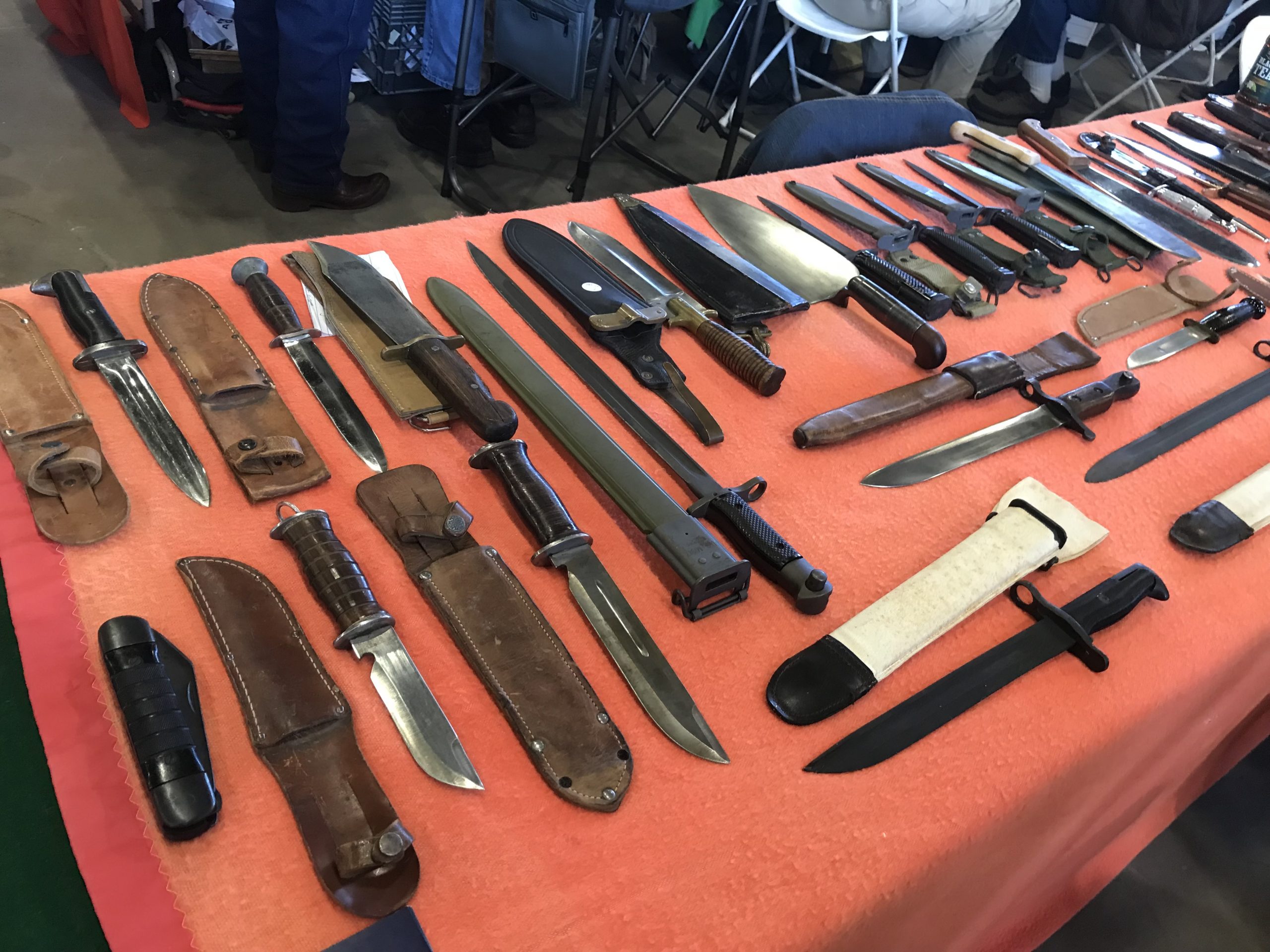
Round up all of your cash. Keep your wallet in your front pocket. And get ready to haggle.
Understanding Gun Show Culture
I’m a gun nut. While I’m not a collector, in the traditional sense, I do have a collection of guns. Some of them are old and were bought or traded for at a gun show.
But I feel dubious about almost everything I see in a convention center or fair ground. The prices for ammo and guns are typically much higher than they are at most reputable gun shops. So what’s the appeal?
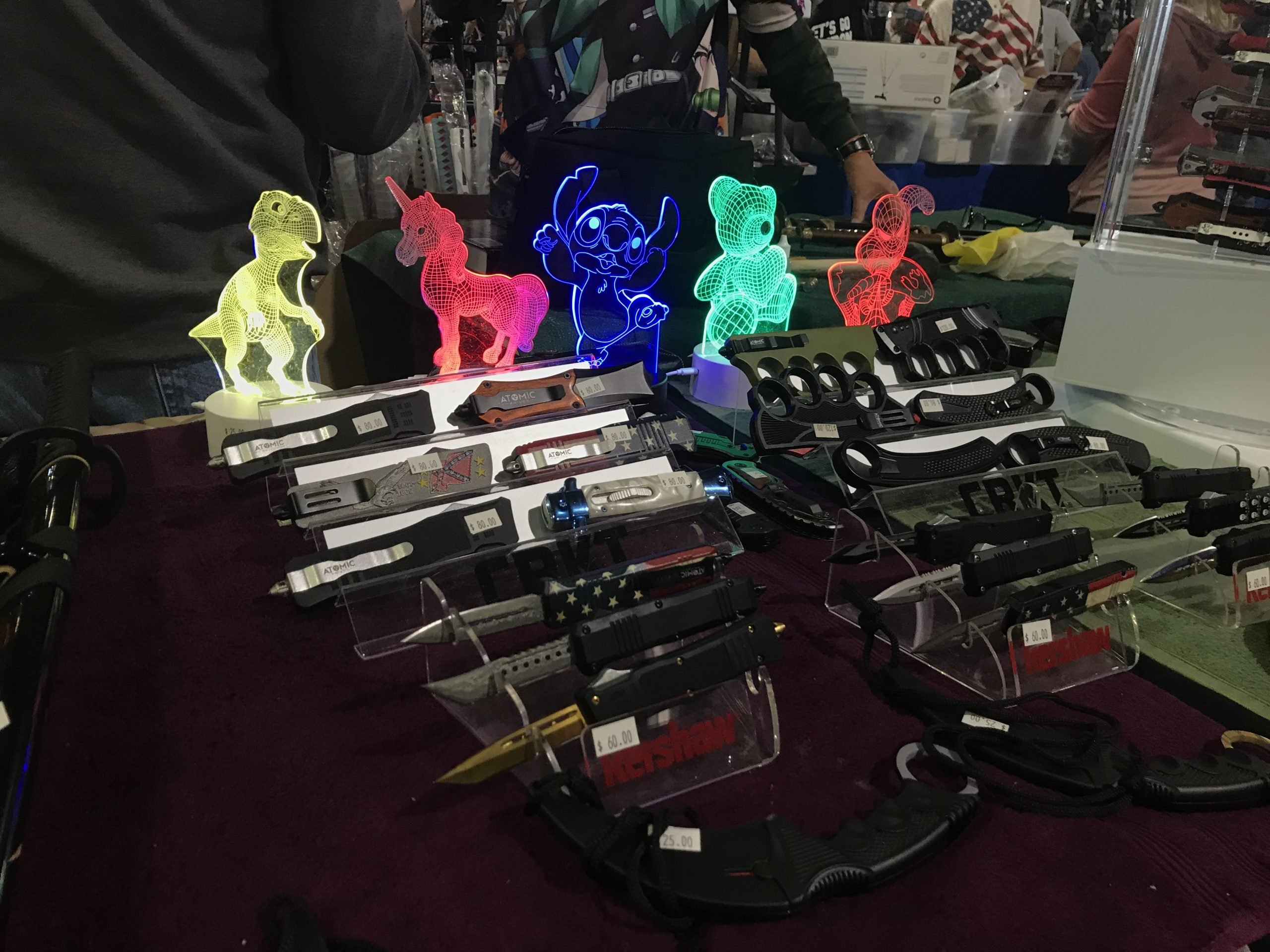
I’ve asked this question more than once, and I’ve never found a good answer. Some on the left might point to the “gun show loophole” and the idea that you can buy illegal guns, or buy guns illegally (or at least without the typical 4473 background check).
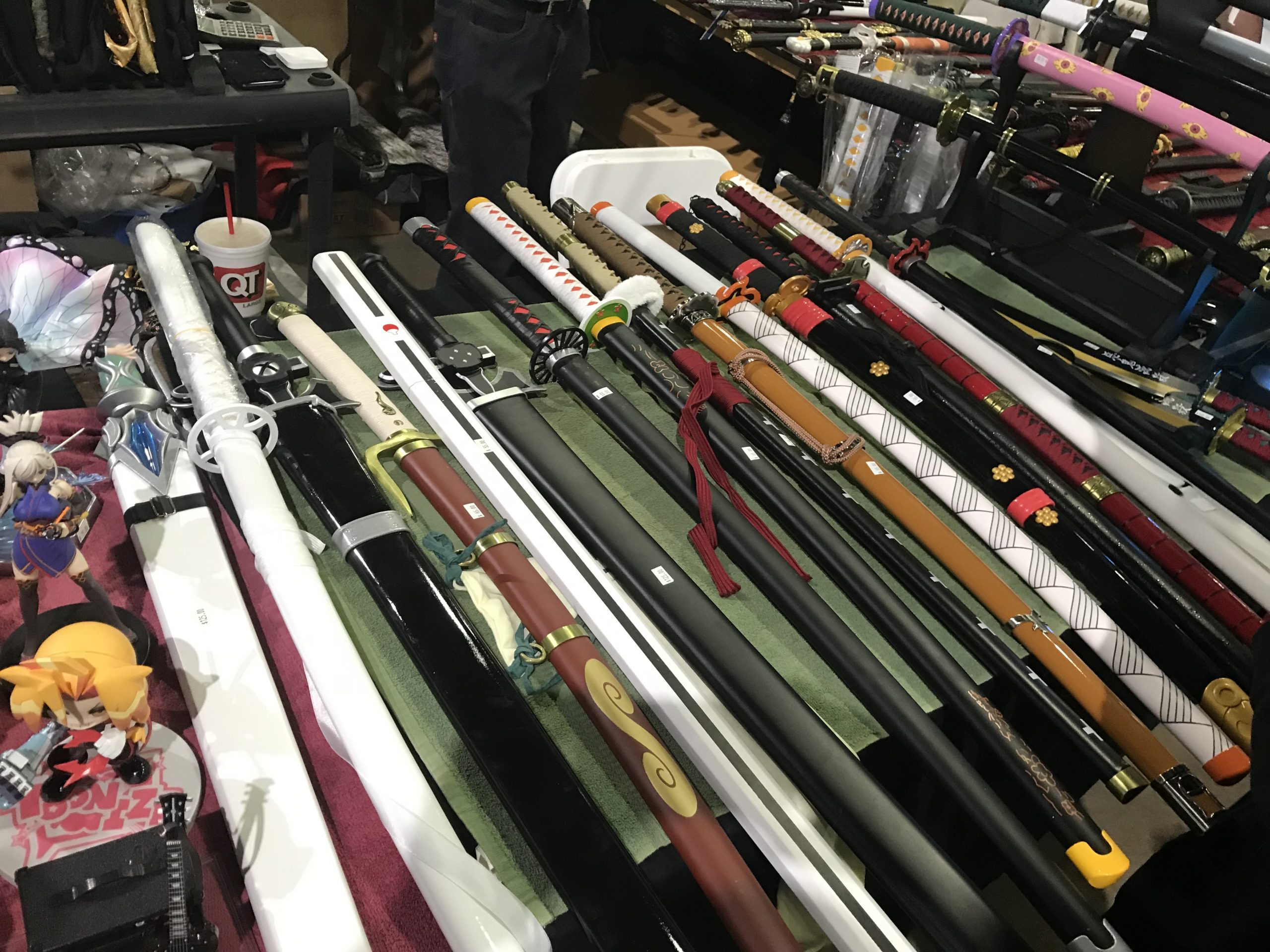
A gun show is a decent place to look for historical guns, though condition is usually an issue. And knives are the same. There are actual collector’s shows, and auction houses like Rock Island Auction that are more dependable.
Buying Knives at Retail
One surprising element of the gun show scene is the lack of new knives. New name brand knives. In all, the Tulsa show had two or three booths that had a smattering of new knives, but so many of them were priced higher than they would be at any of the online retailers.
My gut tells me this is where you might go to buy a knife with cash to keep that significant other from seeing how much you spend on a credit card bill.
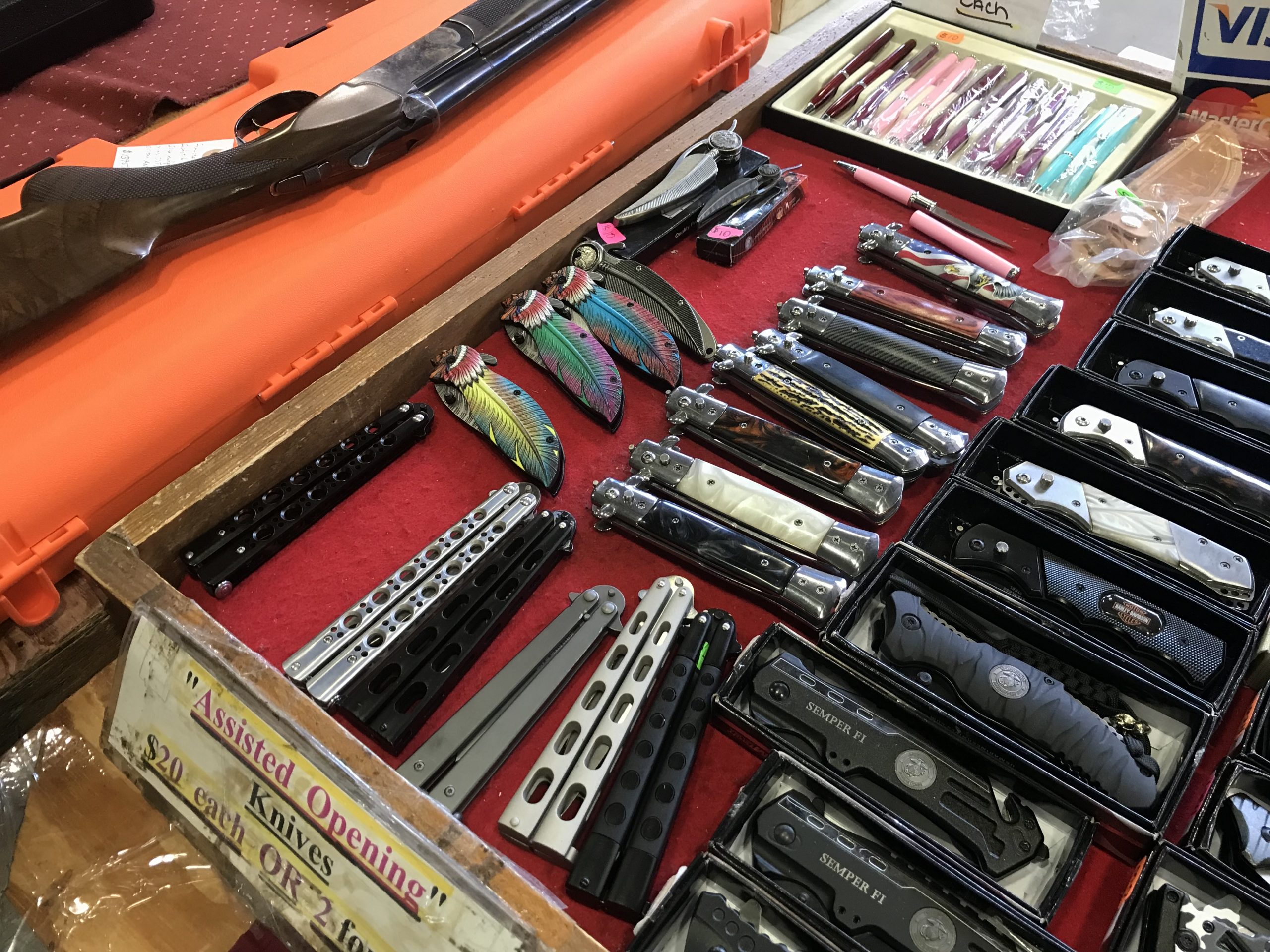
The one manufacturer that I saw at the show was White River. I’ve been following them for a few years now, but I only ever get to see them in person at SHOT Show, so this was a great opportunity to spend more time with their staff.

Historical Knives at the Gun Show
There were lots of old knives at the show. Old knives, unless they have a military connection, don’t really have a tremendous amount of value. There are some Sheffield Bowies and really old knives that are easy enough to find and collect, but you run the risk of fraud with almost everything 19th century or earlier.
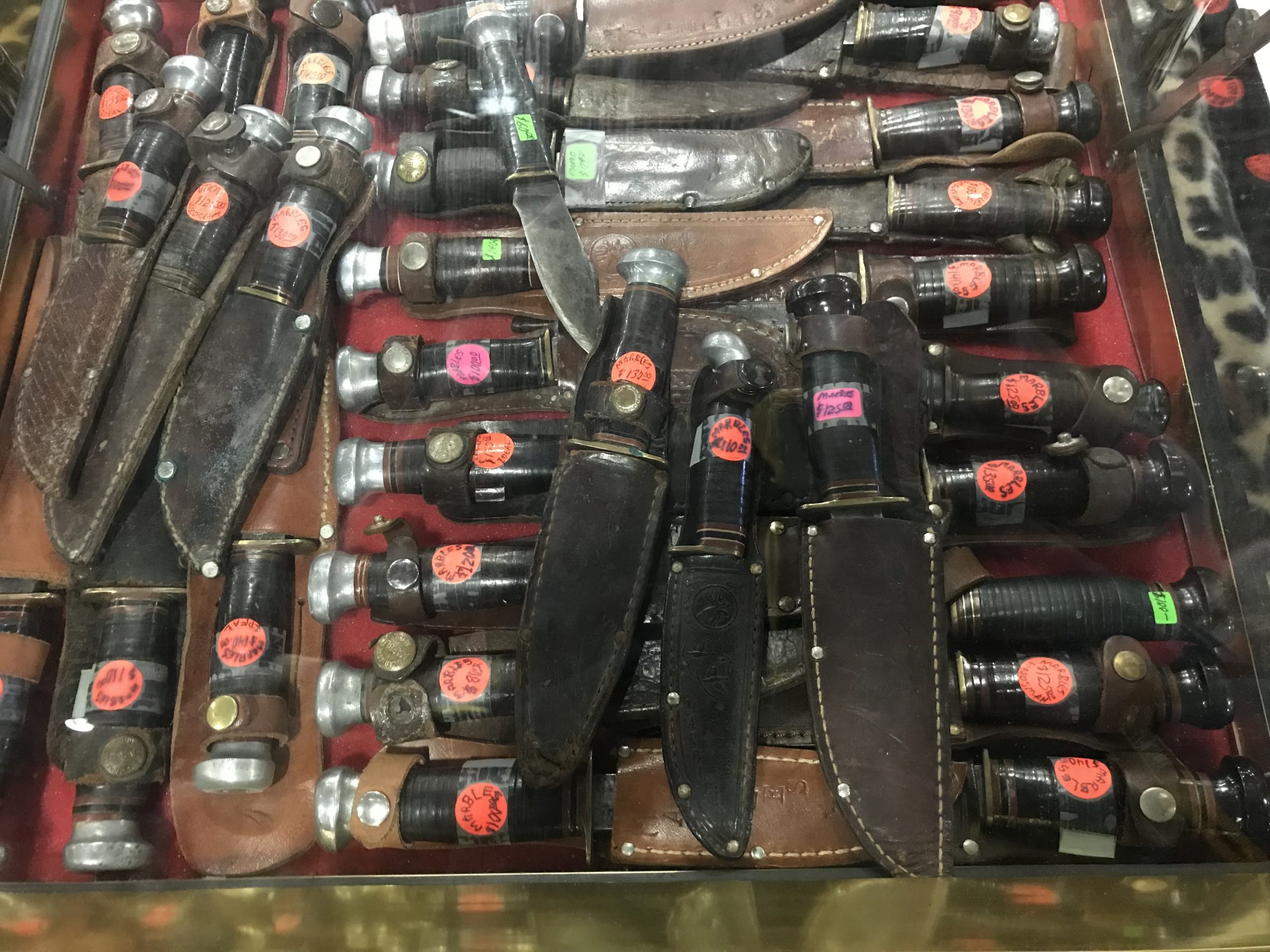
There were thousands of big knives imported from Sheffield, England in the last half of the 19th century, but everyone on this side of the pond wants to claim their Sheffield is a genuine Confederate Civil War Bowie. Doing so justifies the $3,000 of a $3,150 price tag on a tarnished old chopper.
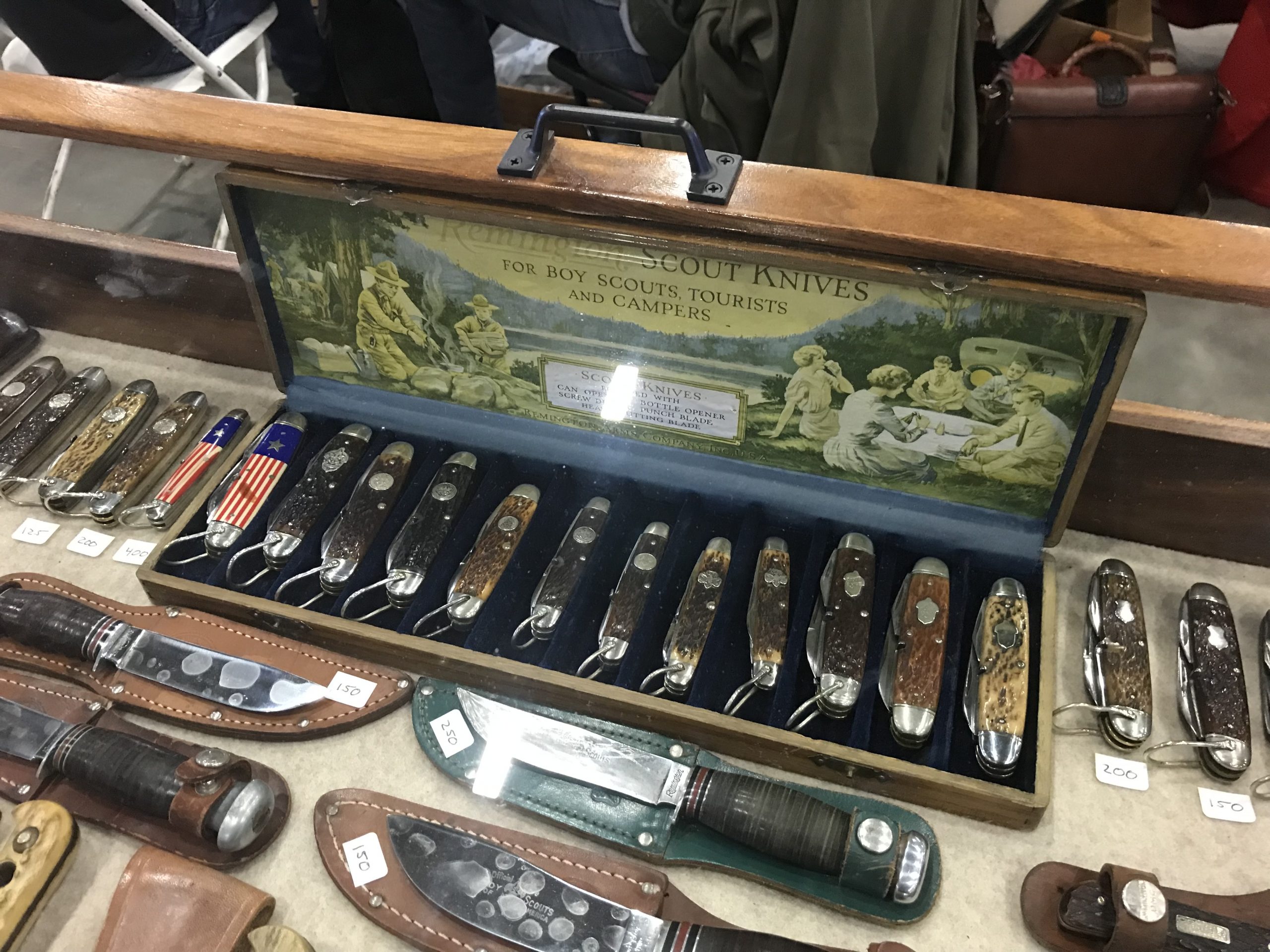
Military Knives
Military knives, though, are a different story. Knives form WWII have held their value well. And the gun show is a great place to look for those.
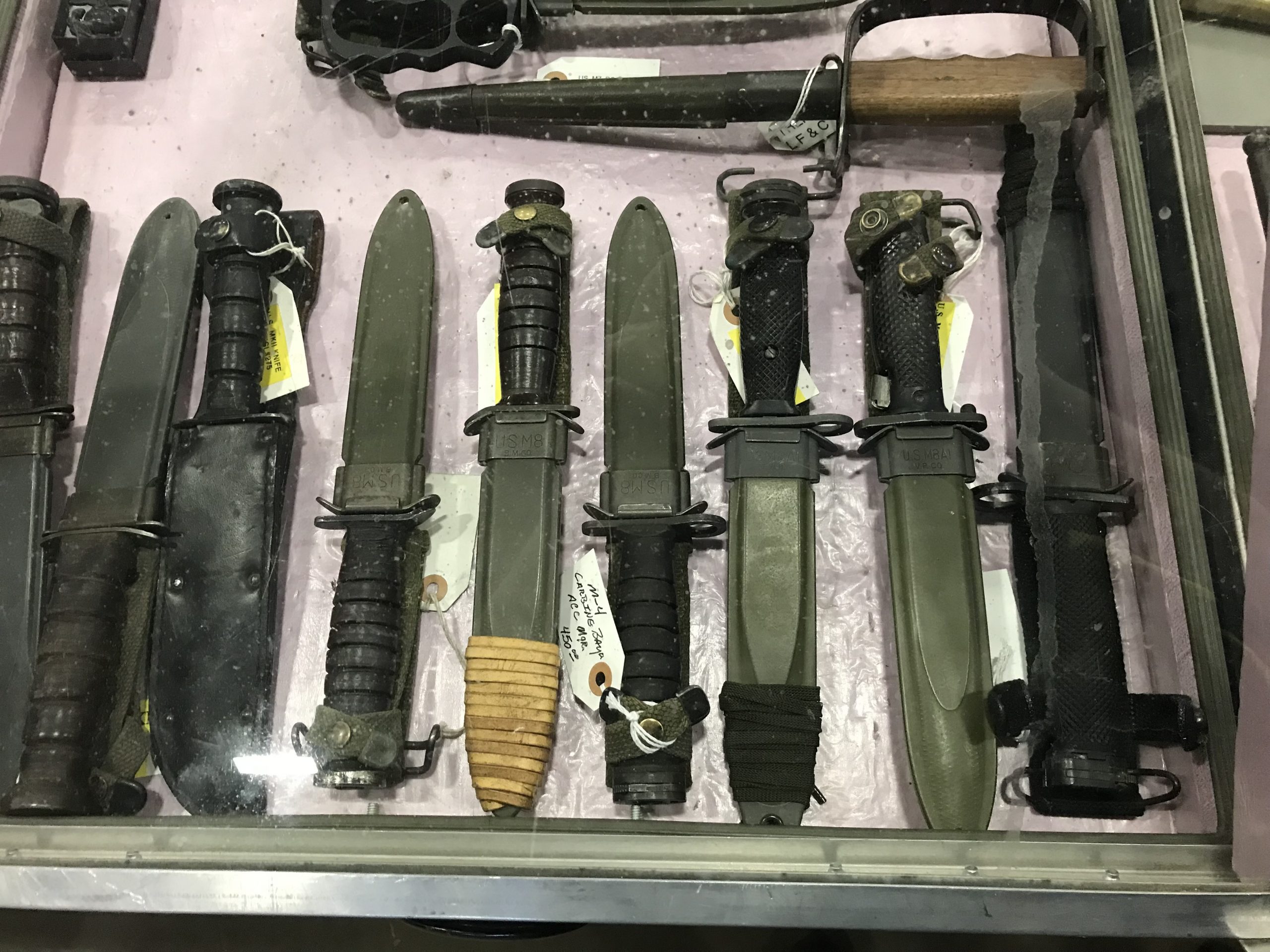
The fakes, though, abound. If you intend on buying any of the more mainstream US knives, like the old Ka-Bar MK2, or any of the MK3, do your research. There were many makers, lots of markings, and these knives have been reproduced so many times that it is hard to tell a genuine from a fake.
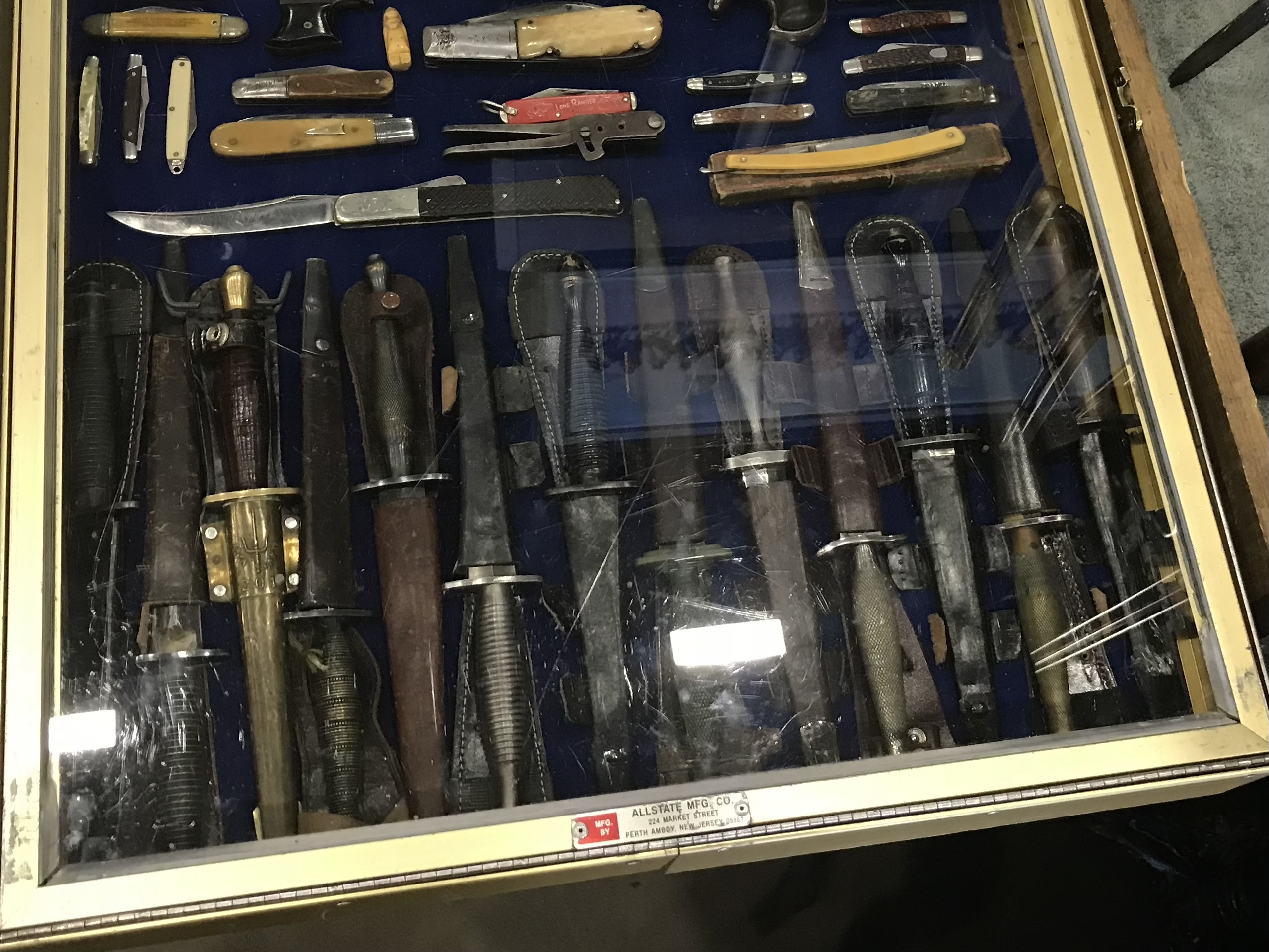
One of the best ways is to go slow. Find the knife, check it out in detail, look at the markings and stamps, and then google on your phone and see what comes up. There are sites dedicated to cataloging fakes.
I wish I’d taken a picture of the “no photography” sign that hung at the entrance. I know why it is there, now. Shocker—not all of the dealers are trustworthy.
Those selling fakes usually know what they’re selling. Some have aged the leather washer handles and sprayed acids on steel to get that tarnish looking just right. On a good M3 fake it means the difference between a $100 Camillus reproduction and an $600 sale.
If you want to test a dealer, ask if you can take a picture of the knife.
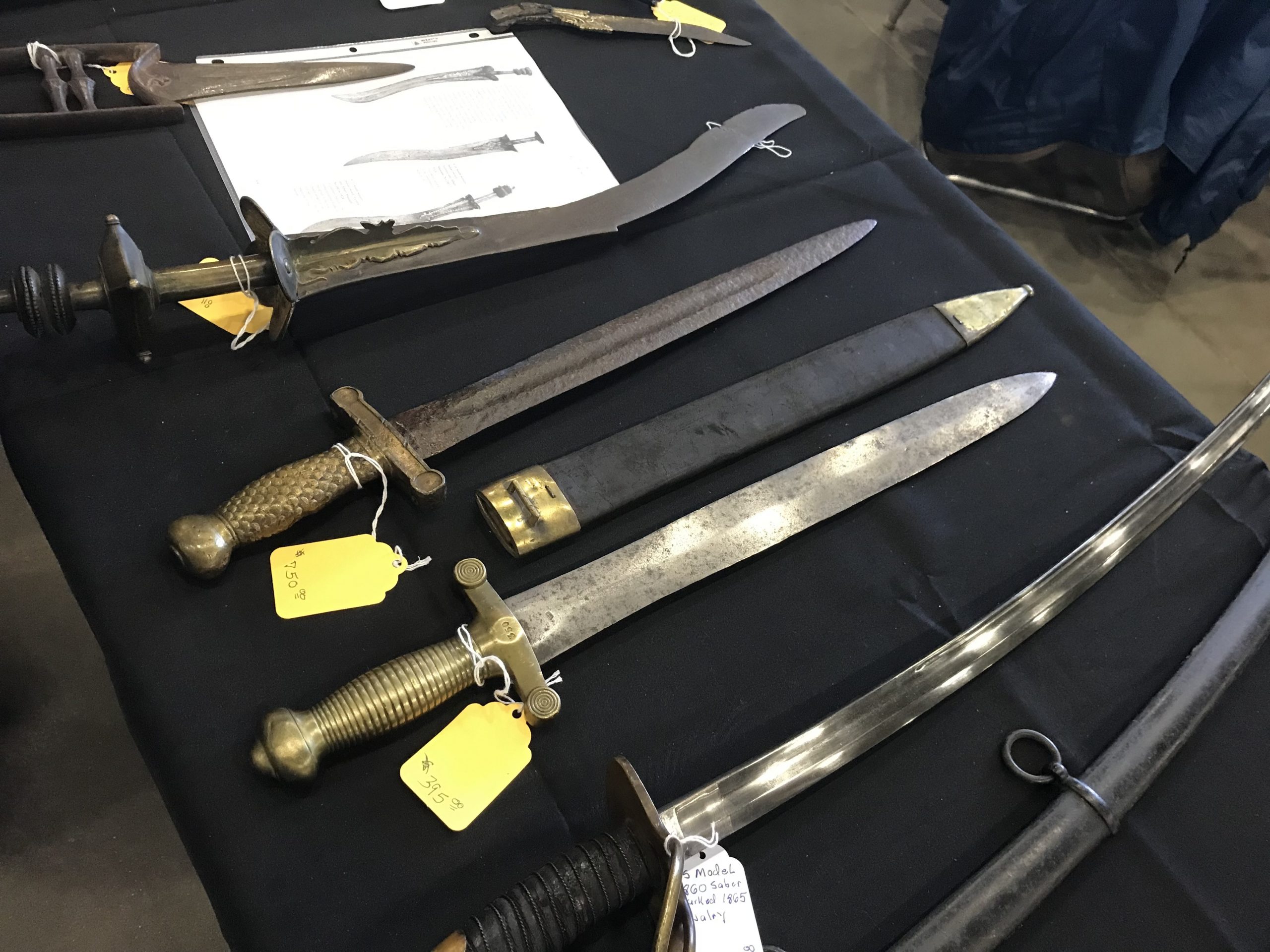
Swords and Bayonets at the Gun Show
There were a few swords at the show, and most looked to be legit. There are some incredible blatant reproductions and simulacrums that originate from Toledo, Spain in the 20th century. And there are some historic replicas being made for reenactors. When given the relic treatment, those are really hard to spot.

And good luck with the Japanese swords. The Tulsa gun show had a lot of good Japanese swords to choose from. Understanding the nomenclature, dating, and grading is exceptionally complex. The blade itself—outside of its mounts—is the key. The rest of the trappings can, and were (are) often changed—sometimes by original owners, sometimes by the state when these old family heirlooms were repurposed for war.
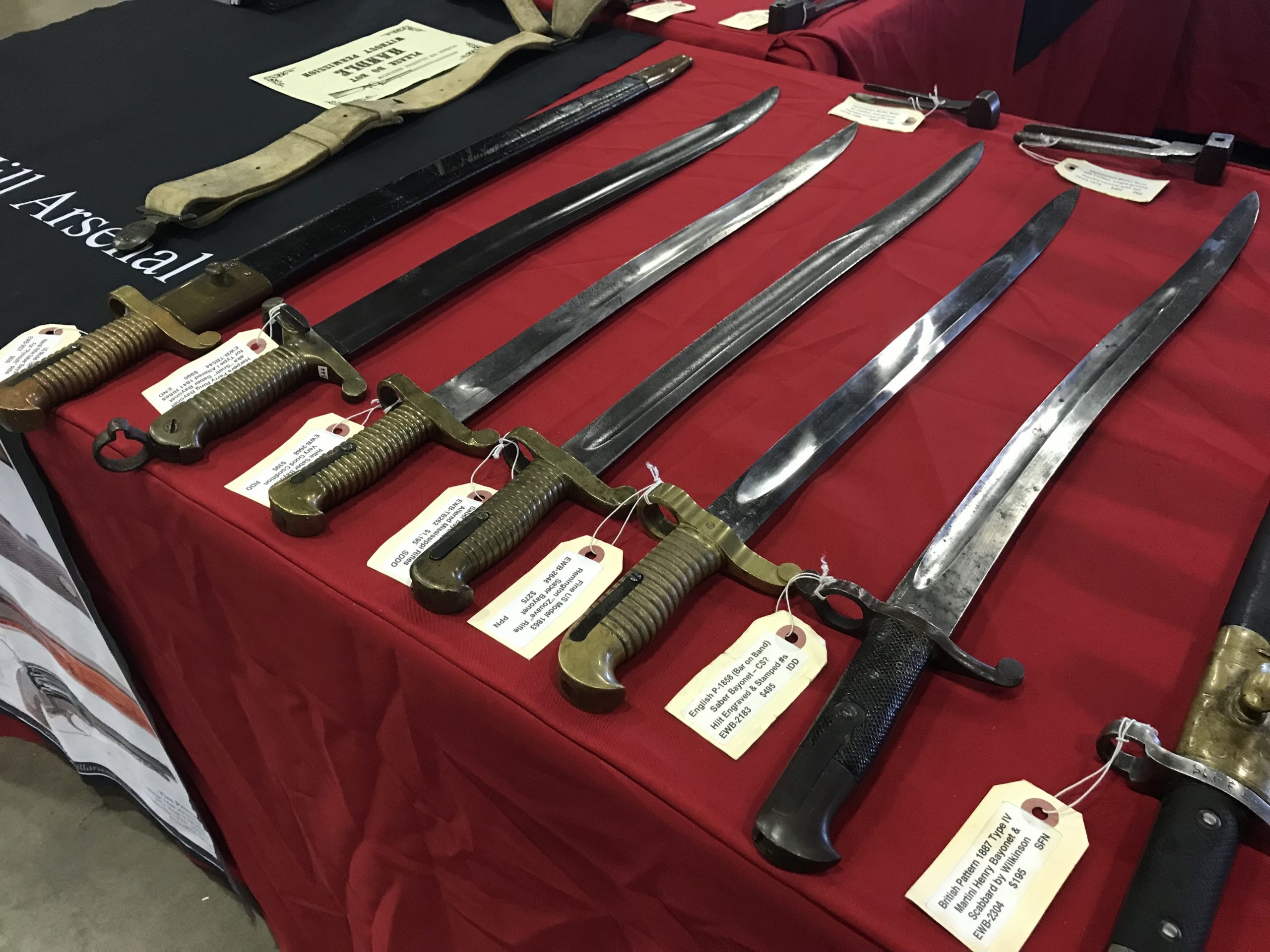
Bayonets were just as prevalent. From the old European variants, through the Civil War and WWI, on up to contemporary versions. These are not nearly as valuable, so they’re not faked as often.


Gun Show Fakes
What’s the old saying? There’s a sucker born every minute. And apparently some of them have a lot of disposable income.
So. Many. Randalls.
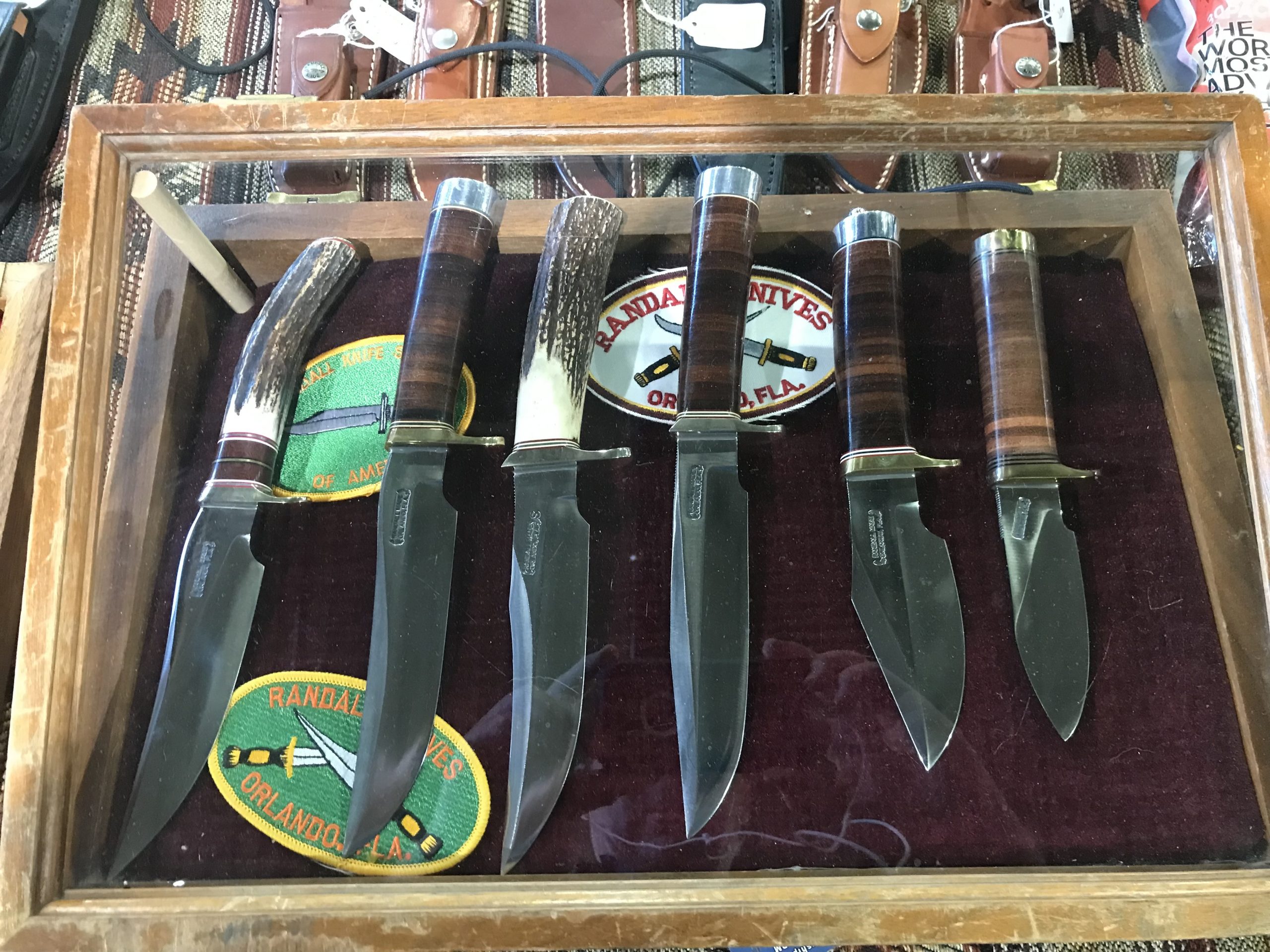
The Randall Made Knife Company has been in business since the middle of the 20th century. Their reputation was cemented by stories of valor and heroism from the later days of WWII. These are hand forged, meticulously well built fixed blades.
If you want to order a new one, it will cost as much or more than a new GLOCK, and you’ll be on a 5-6 year waiting list. There is a robust second-hand market for these, and dealers love to get them because they never lose value.

Yet it seemed every other booth at this monstrous show had a handful of Randalls. These are reasonably simple designs. The materials are pretty standard. And there’s only a single stamp on the blade to show it came from Randall Made Knives.
Some of the fakes that I found at the show had illegible stamps. That’s a dead giveaway. And sadly, it is about the only dead giveaway. Randalls have nice sheaths, but those are easy enough to fake, too. Most of these copies were priced between $600 and $2,500.
Up and Coming Brands
I’m being generous with this section’s title. There were some interesting custom makers at the show. Some seemed pretty familiar. Some were just importing the same automatics and putting them in a different box.

But you never know when one of these might be the next Buck. Or maybe you do. Sometimes you can just tell that this is a blatant cash grab, or that someone likes making knives, but lacks that creative spark that will help them stand out in an extremely crowded crowd.
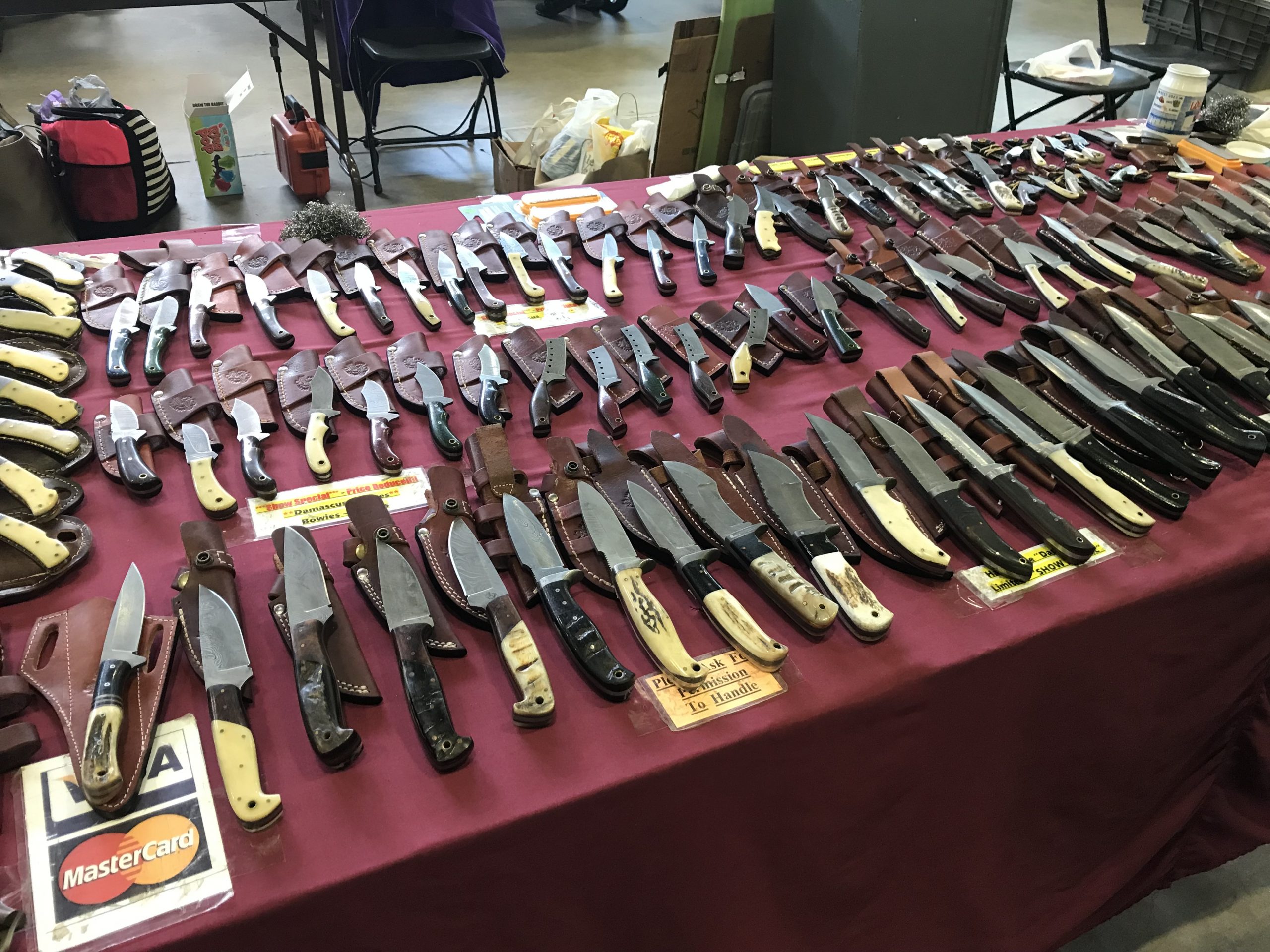
And there were some genuine finds. Like Myers Knives. This one is harder to find on google, owning to the Mike Myers tropes, but damn fine blades.
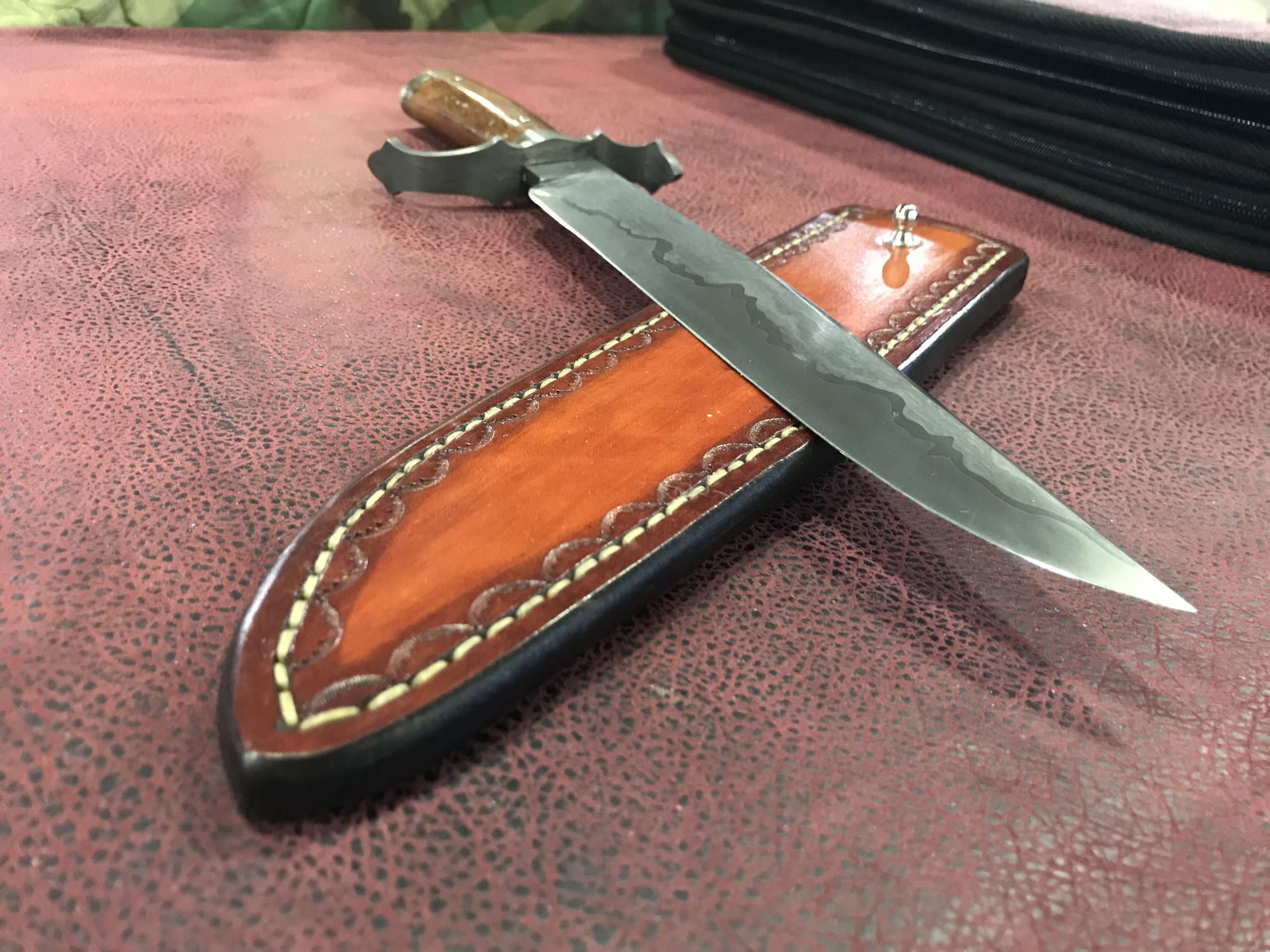
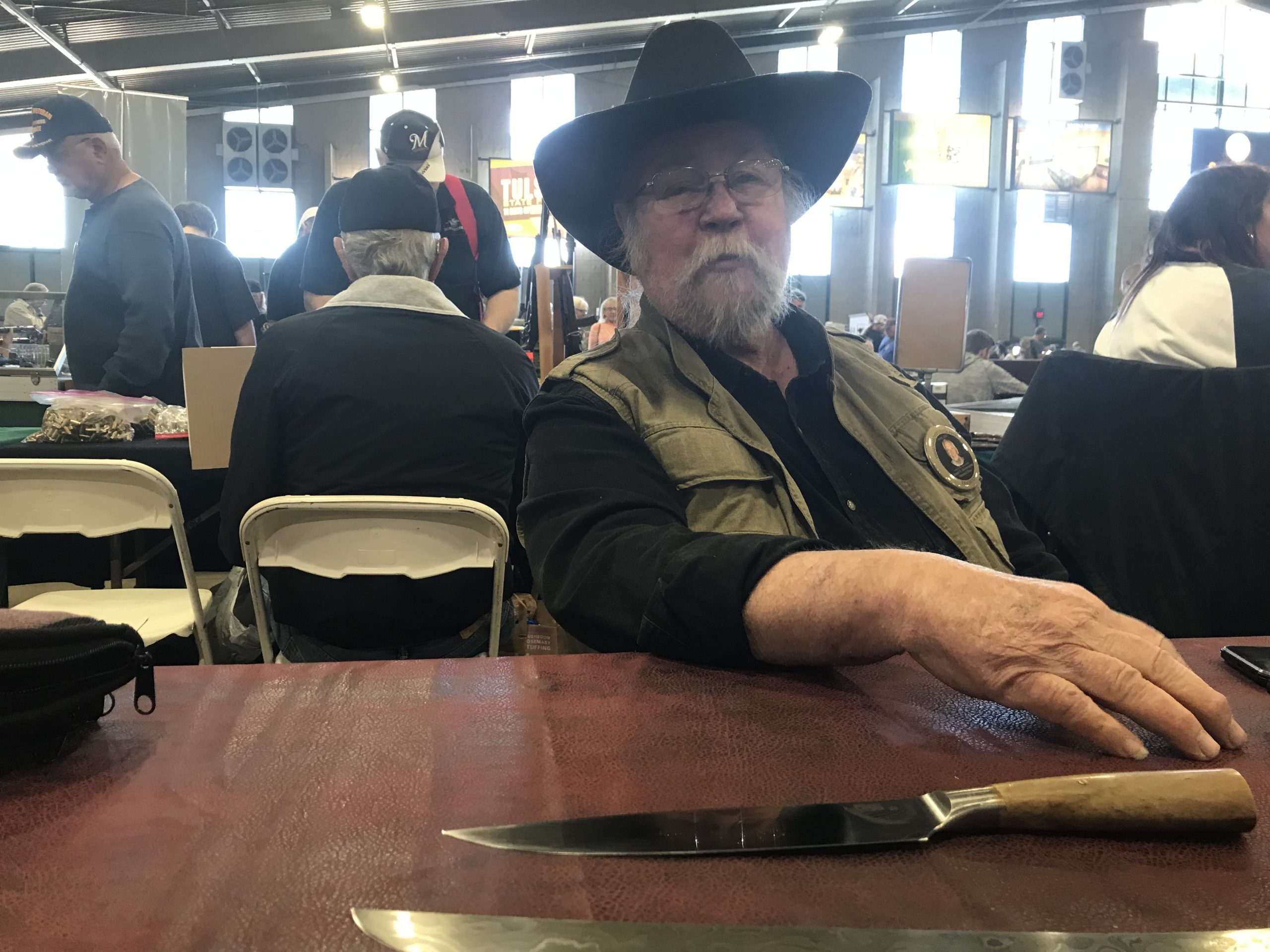
Final thoughts
The moral of the story is Caveat Emptor. Keep your wits about you or you’ll get scammed hard. In the end, I came away with two knives. I ponied up for an actual Camillus M3 (which I’d studied up on before the show) and I bought a beastly Cattaraugus 225Q—a WWII knife that isn’t attractive enough to fake. More on those later.
Sometimes you can find a gem, though. Late last year, I went to a gun show in Arkansas and came away with a 3rd pattern Fairbairn-Sykes. The seller knew vaguely what it was, but didn’t care enough to research it to understand its value and was thrilled to get the $75 I paid for it. More on those to come.


